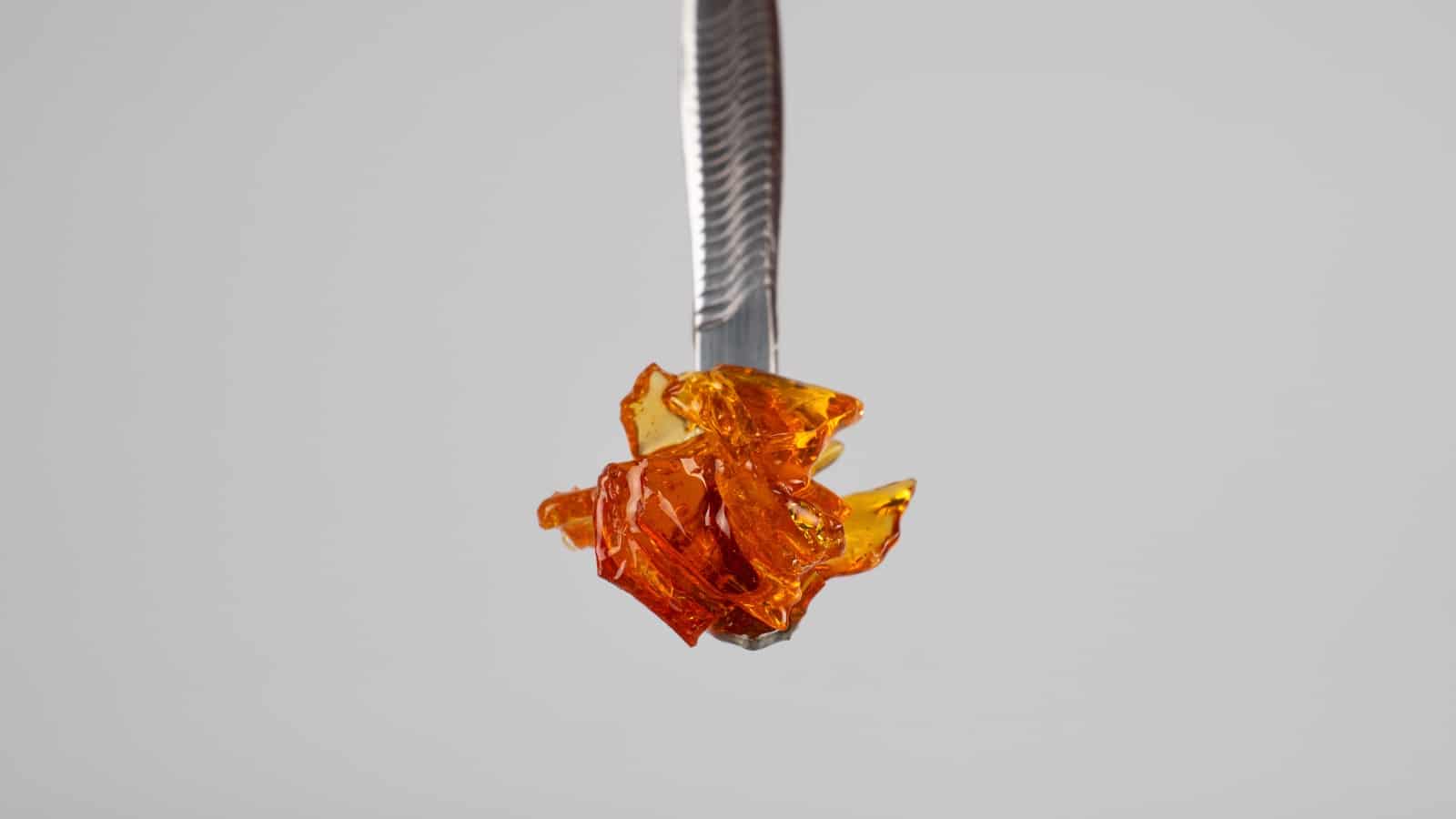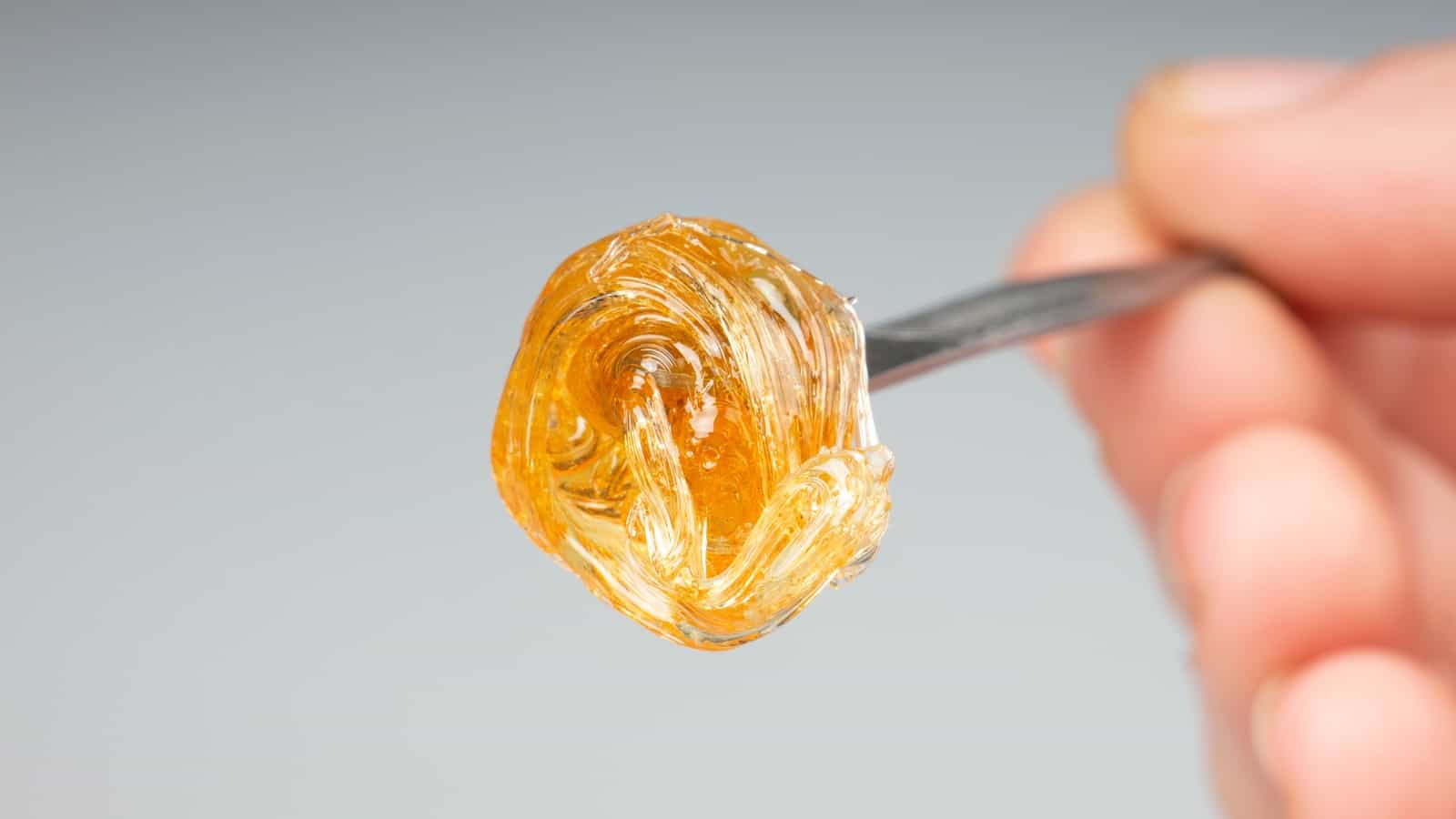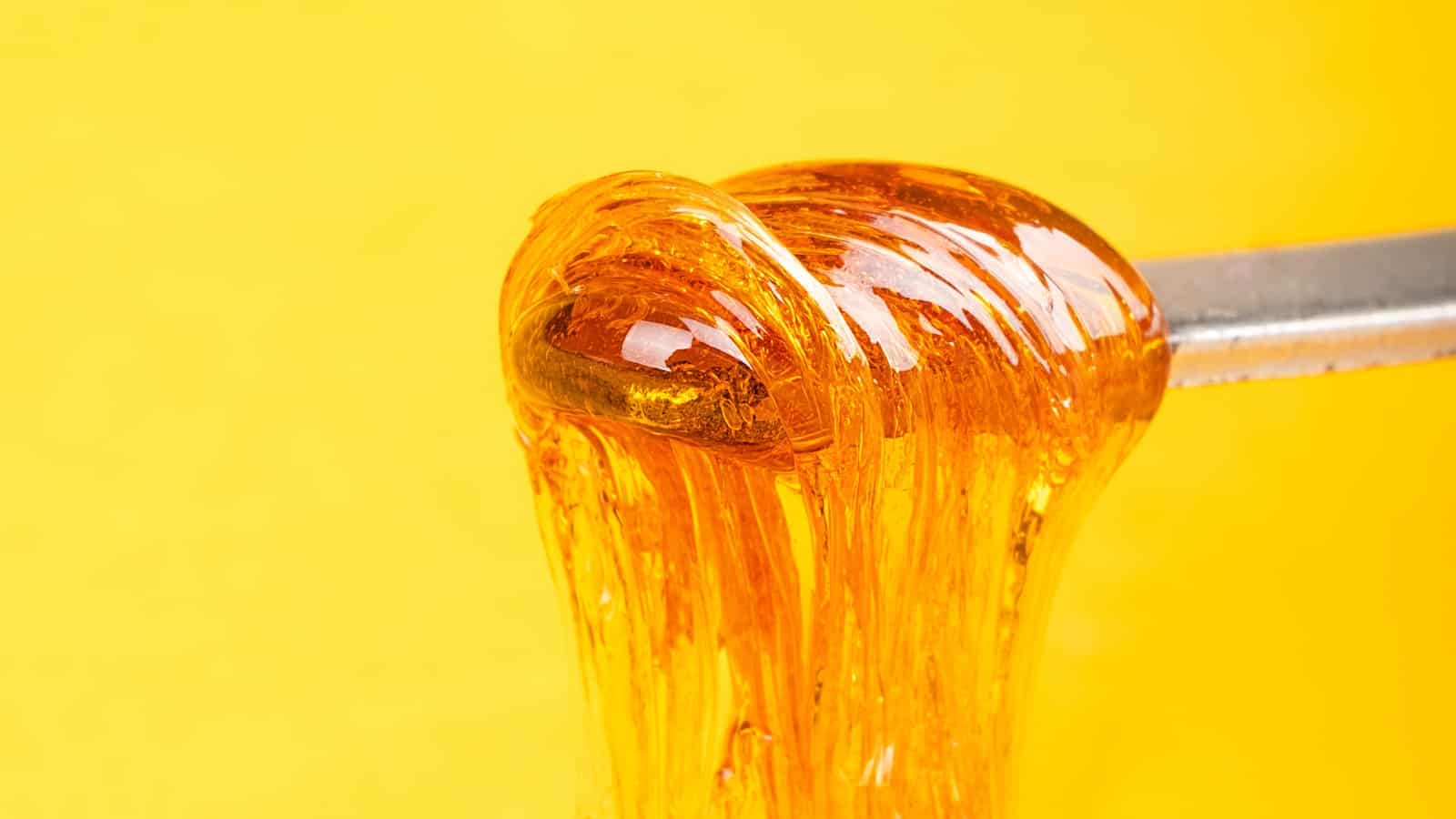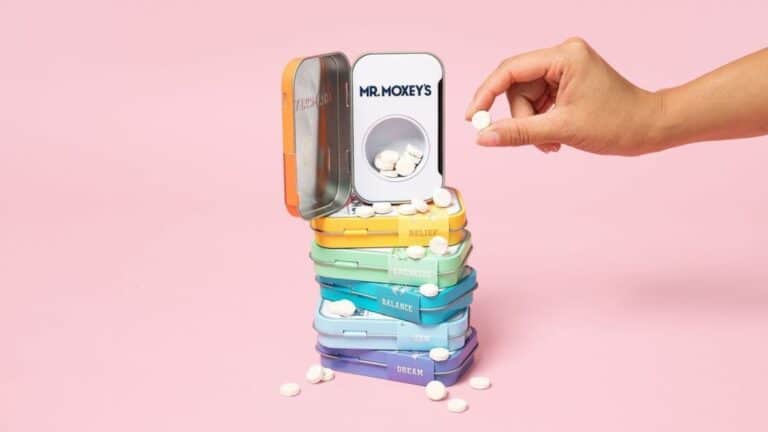When it comes to consuming cannabis, whether it be flower or concentrates, there are a variety of techniques for doing so. Some people roll a joint with the filter or crutch in the paper ahead of time, while some people put it in after the joint is rolled. The same can be said for dabbing and the different techniques people have developed to suit a personal need that have gained in widespread popularity. One of these techniques is called cold starting or a reverse dab. When it comes to cold start dabs, this technique’s main goal is to ensure a proper low temp dab or dab that isn’t too hot each time the consumer takes a hit.
What is a Cold Start Dab?
A cold start or reverse dab is essentially how it sounds. Instead of heating up the quartz for a dab and waiting for it to cool before adding the concentrate to take a hit, a cold start would involve putting the concentrate in the banger before gradually heating it up to vaporization temperatures. This method of dabbing is helpful for people without a temperature reader for their banger or just want a simplified and borderline fool-proof technique for their routine.
Why is Cold Start Called ‘Reverse Dabbing’?
A cold start dab may also be referred to as reverse dabbing because traditionally the technique has been heating up a banger before putting in the concentrate to take a hit. Cold starting a dab begins with putting the concentrate into a cold, unheated banger before bringing it to proper temperature with a torch. A cold start is the opposite order of how things are done most commonly when it comes to taking a dab, hence the origin of the term reverse dabbing.

How to Take a Cold Start Dab
Here we’ll break it down step by step with all the details for those interested in trying out a cold start dab. Follow these simple steps and you’ll be reverse dabbing like a seasoned pro in no time at all. The process is made to be simple and convenient, so kick back, relax, and you’ll be off to a hot start on cold starting your dabs!
Step 1: Place your dab in your clean and unheated quartz banger.
You can’t take a dab without one! This step makes all the others possible. Get a normal size dab from the jar, that you usually take, on your tool and place it in an unheated banger. You may need to wipe it off the tool inside of your quartz depending on its consistency. Crumble and diamonds will come off a dab tool easier cold, while sauce and saucy sugars or live resin may need a little bit more work to get off your tool cleanly.
Step 2: Place carb cap on your banger.
This step will ensure that you don’t lose any vapor during the next step, the heating process. A well made carb cap should be able to withstand the temperature change while you’re using your torch.
Step 3: Slowly heat up your quartz to temperature.
You’re almost there! Make sure your torch isn’t turned up to high, maybe start at about 50% and adjust from there if needed. Begin to heat up your quartz banger until it starts to transfer heat to the concentrate you placed inside. As soon as they melt it’s almost time to stop, wait for the dab to begin to bubble and at the earliest sign of vaporization remove the heat from your banger.
Step 4: Inhale and enjoy!
Turn off your torch and set it down carefully because you’re ready to take a reverse dab! Inhale your low temperature dab and enjoy the wonderful terpenes your concentrates have to offer. If you have a directional carb cap make sure to move it around so you can spread your dab around the hot parts of your banger.
Step 5: Q-tip for the next one.
After your cold start dab is done and you’ve taken any minor reheated hits of residual concentrate that wasn’t vaporize before the banger got too cold, make sure to use a Q-tip to clean the quartz completely so you’re not impacting the flavor of your next dab and degrading your banger. It’s also a good time to clean your rig!
Ideal Temperatures for Cold Start Dab
There is no specific temperature that is ideal for a cold start dab. Depending on the size of the dab and how much of the terpenes you want to preserve through the process of vaporization the temperature can vary. A good range to shoot for when considering a cold start dab would be anywhere from 450 degrees fahrenheit to 520 degrees fahrenheit.

Pros and Cons of Cold Start Dabs
Just like with most things in life there are pros and cons to cold start dabs too. It all boils down to personal preference and what feels right to the individual.
Pros
- Low temperature flavorful dabs
- Don’t need a temperature reader
- Saves time
- No more worrying about timing heat ups and cool downs
- Less wear and tear on quartz banger due to less heating
Cons
- You have to wait for the banger to completely cool before taking another cold start dab
- Not great for dabbing with friends due to cooldown times
- Can’t take back-to-back dabs
What is the Best Banger for Cold Start Dabs?
A flat-top quartz bucket is your best bet when it comes to cold start dabs. A terp slurper or honey bucket won’t work for a reverse dab. You can use a flat or rounded bottom bucket to cold start, that is a matter of personal preference.
Final Thoughts
A cold start dab or reverse dab is an awesome technique worthy of anyone trying it out. It yields a flavorful low temperature dab that is easy on the throat and lungs making for a pleasant dabbing experience. If you haven’t tried it out yet we highly recommend that you do, we don’t think you’ll be disappointed.


![[NJ] The Easiest Ways to Buy Weed in Buffalo A Full Guide (5)](https://neonjoint.com/wp-content/uploads/NJ-The-Easiest-Ways-to-Buy-Weed-in-Buffalo-A-Full-Guide-5-768x432.jpg)


